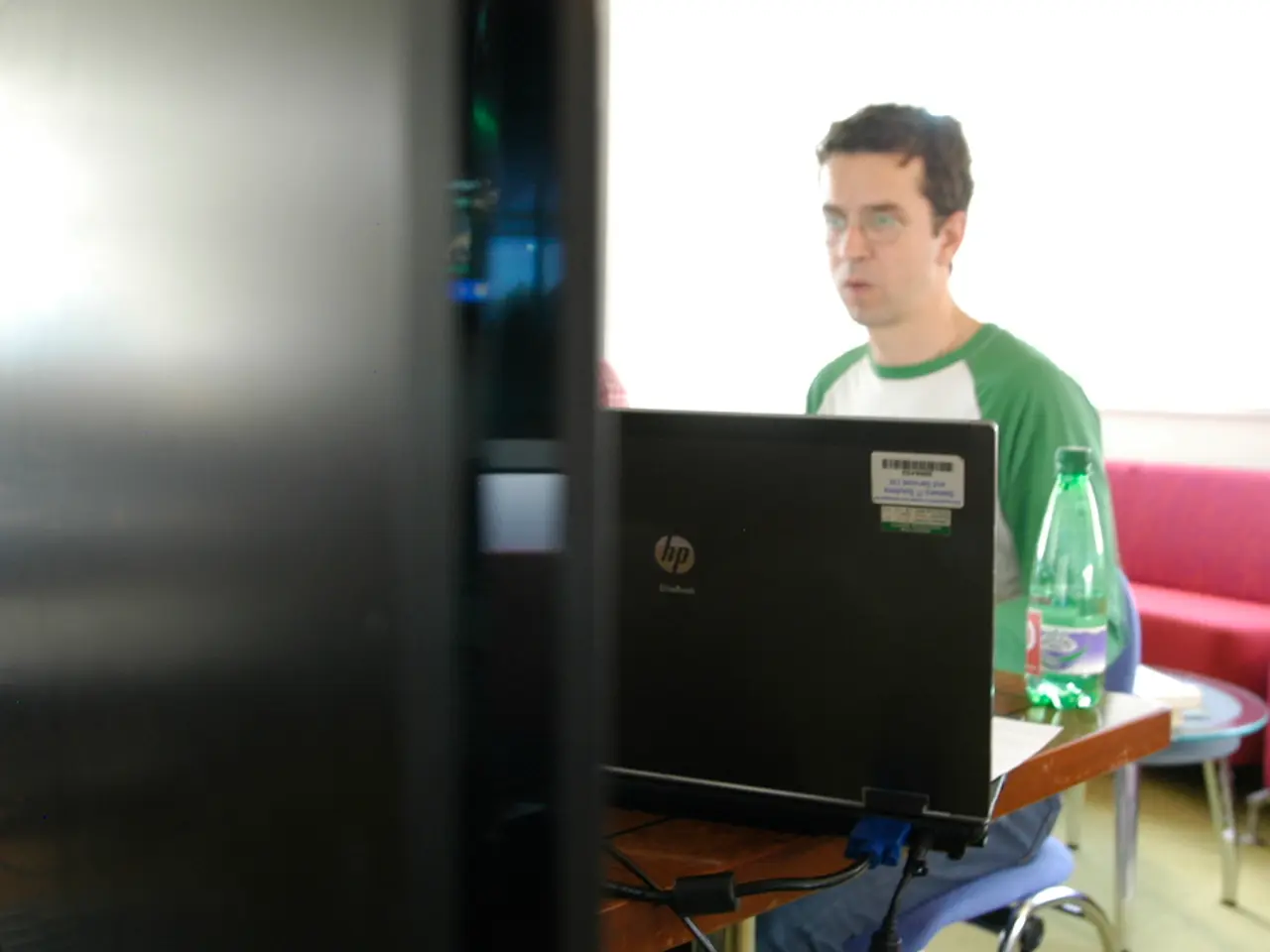The Demands of the CompTIA A+ Exam Explored in Detail
The CompTIA A+ certification is a valuable stepping stone for individuals looking to kickstart their careers in the IT industry. This foundational entry-level certification opens doors to various IT roles such as help desk technician, computer support specialist, and field service technician.
The CompTIA A+ exam, while considered easier than many other IT certification exams, still presents a significant challenge due to its broad content and two-exam structure. Candidates must pass two exams (Core 1 and Core 2), each about 90 minutes long, covering a wide range of foundational IT topics including hardware, networking, operating systems, security, and troubleshooting.
The Breadth of the CompTIA A+ Exam
Unlike more specialized certifications, the CompTIA A+ exam covers many areas lightly rather than in-depth expertise in a few. This requires memorization of many concepts and acronyms but not deep specialization. The exam format also challenges test takers with questions that jump between topics without a logical order.
Exam Difficulty and Passing Scores
The passing score for each exam ranges from 675 to 700 out of 900, which is lower than the passing score for more advanced certifications like Security+ that requires 750 out of 900. This indicates a relatively lower difficulty level for the CompTIA A+ exam.
Performance-Based Questions
Performance-based questions on the CompTIA A+ exam require applying theoretical knowledge to practical scenarios, testing not just recall but also problem-solving abilities. These questions are scored based on the accuracy and completeness of the tasks performed.
Study Tips for the CompTIA A+ Exam
A general guideline for studying for the CompTIA A+ exam is to dedicate at least 80 to 120 hours of study time for each of the two core exams (220-1101 and 220-1102). Preparing effectively involves creating a structured study plan, utilizing official CompTIA resources, gaining hands-on practice, using practice exams and question banks, and focusing on areas where you struggle.
Networking and Security Sections
The networking and security sections of the CompTIA A+ exam are particularly challenging due to the need to understand various protocols, topologies, and troubleshooting methods, as well as a wide range of threats, vulnerabilities, and mitigation techniques.
Hardware Troubleshooting
Another difficult area is hardware troubleshooting, which requires a systematic approach and familiarity with different components and their functions.
The Value of CompTIA A+ Certification
The CompTIA A+ certification is widely considered a valuable step towards a successful IT career due to its industry recognition and the career benefits it offers. The knowledge and skills acquired during the A+ study process are transferable and applicable to a wide range of IT tasks, enabling individuals to confidently tackle real-world challenges and contribute effectively to IT teams.
Maintaining the CompTIA A+ Certification
The CompTIA A+ certification is valid for three years, and to maintain it, participants need to engage in continuing education activities like completing training courses, attending conferences, or earning other IT certifications.
In summary, the CompTIA A+ is a foundational entry-level certification exam that is easier than intermediate or advanced IT certifications like Network+ or Security+ but still requires significant preparation due to its breadth of material and exam structure. It serves as a good starting point for those new to IT before tackling more specialized certifications. With diligent study and preparation, the CompTIA A+ exam is achievable and can be a valuable credential for entry-level IT professionals.
Read also:
- Setting Up and Expanding Operations at a Soil Blending Facility
- Surveying the Scene: Legality, Drones, and American Anti-Terror Strategy
- Regional University's healthcare system strengthened through collaborative partnership with Chancellor Dr Fiona Hill
- University of Minnesota announces Certification for their course, Introduction to Human Behavioral Genetics





